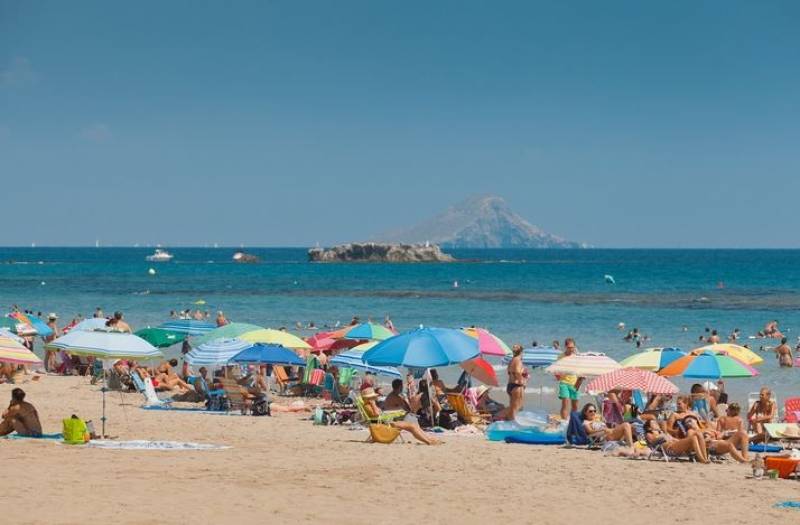Date Published: 01/07/2025
Holiday home bookings in the Region of Murcia reach historical levels
Experts forecast 75% of short-term rentals in Murcia will be booked up this summer
The Region of Murcia is actually lagging behind neighbouring communities when it comes to hotel accommodation, with just 21,525 rooms on offer.
Almería nearly doubles this capacity with 36,573 rooms, while
Alicante practically quadruples it with an impressive 83,216 hotel rooms, according to the National Institute of Statistics.
But what could be seen as a hindrance, Murcia has turned to its advantage and the shortage has created a perfect storm for vacation rental growth.
"Summer is looking good. Although we're not yet in peak season, occupancy for July and August is already around 75%, with variations depending on the destination, which is positive," explains Gregorio Morales, president of Aloja Región de Murcia, the association representing tourist home and apartment owners and managers.
The Region's nearly 2,600 tourist apartments provide close to 11,000 accommodation spaces, but it's the explosive growth in vacation rental units (VUTs) that's really making waves. These numbers have surged by 25% since June last year, jumping from 8,400 to 10,609 registered properties.
Unlike ‘tourist apartments’, which are exclusively designated for holiday use, VUTs are typically someone’s private residence during off-peak times or investment properties rented out to tourists part-time.
This growth becomes even more remarkable when viewed over the long term. In 2014, only 76 vacation rentals were registered in the Region. By 2017, that number had reached 1,536, growing to 3,060 in 2019, 4,064 in 2021 and 6,875 in 2023. The trajectory shows no signs of slowing despite new regulations that now require neighbour approval for converting residential properties to tourist use.
Cartagena leads the pack with 1,568 vacation rental properties, not including another 287 in the popular
La Manga area. The
city of Murcia follows with 1,453 units, while
Torre Pacheco boasts 1,469 properties. La Manga's
San Javier area contributes another 1,131 units to the mix.
Other coastal hotspots are also seeing significant activity, with
Mazarrón offering 774 vacation rentals,
Los Alcázares providing 713 and
Águilas adding another 560 to the regional total.
Mr Morales expects "bookings to intensify with the beginning of July, especially in coastal areas such as La Manga, Águilas, San Javier, Mar Menor and Mazarrón, where demand is responding well, both from domestic and international travellers."
Many objectors were worried that the new requirements would push would-be legal landlords off the grid, so to speak, but in fact, the latest data show that more than 2,700 short-stay accommodations in the Region of Murcia have already applied for their registration numbers.
Despite such strong demand, pricing in Murcia remains competitive compared to neighbouring regions. According to recent Tecnitasa group analysis, coastal prices are expected to rise between 3% and 6% this year, with weekly rates ranging from €600 to nearly €1,300 depending on location. These rates remain well below the average prices in Almería and Alicante, creating both opportunities and challenges for local operators.
Perhaps the biggest obstacle facing Murcia's tourism growth is connectivity. The Region sorely lacks the transportation infrastructure of its competitors, creating a significant disadvantage in attracting visitors.
"Almería and Alicante have their own airports with many flights. And Corvera is far behind," acknowledges Mr Morales.
Image: CARM
article_detail

|












